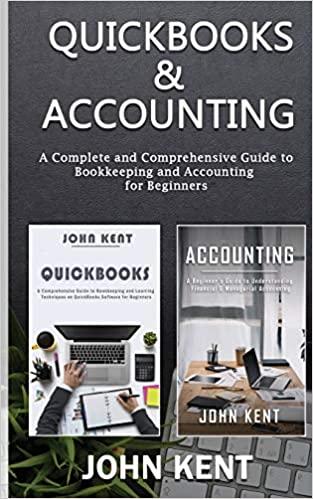
Your firm is considering an expansion into a new investment project. The investment would cost $1,000K, and there are two states of the world that will determine the values of your existing assets and new investment project. As the manager, assume your objective is to maximize the value to current shareholders. The following table provides you with financial information for your firm in each state of the world (all values are in thousands of ) Probability of State Value of Existing Assets Cost of New Investment Present Value of New Investment NPV of New Investment Value of Assets with Investment State G 50% 8,000 1,000 2,500 1,500 10,500 State B 50% 4,000 1,000 1,500 500 5,500 The manager announces that he will invest in the new project. The public does not know the true state of the world, but knows that the manager knows the true state of the world. Suppose first that the manager will raise the $1,000K by issuing equity a) What percentage of the firm will these new shareholders demand in exchange for $1,000K? In the next two questions, the NPV of mispricing equals the cash received from selling the equity ($1,000K) minus the value of that equity. The value of the equity that was sold is calculated as the percentage of the firm that was sold multiplied by value of the assets with the new investment in that state b) What is the APV of the new investment project (NPV of the new investment plus the NPV of mispricing) if the manager knows that the true state of the world is State G? c) What is the APV of the new investment project (NPV of the new investment plus the NPV of financing) if the manager knows that the true state of the world is State B? Suppose that the manager could also raise the $1,000K from bondholders in the form of perpetual par valued debt. Assume that these bondholders know nothing about the firm and that the bonds are fairly priced. Assume a tax rate of 20 percent for determining the tax shield benefit from issuing this debt. There are no bankruptcy costs. d) What is the APV of the new investment project if the manager raises the $1,000K via debt markets and knows that the true state of the world is State G? What is the APV in State B? e) Will the manager issue debt or equity to finance the project in State G? What about State B? f Investors can now infer the true state of the world based on the manager's decision to fund the new project with debt or equity. Given this, what percentage of the firm will these new shareholders demand in exchange for $1,000K if the manager announces he will pay for this new project by issuing equity? Your firm is considering an expansion into a new investment project. The investment would cost $1,000K, and there are two states of the world that will determine the values of your existing assets and new investment project. As the manager, assume your objective is to maximize the value to current shareholders. The following table provides you with financial information for your firm in each state of the world (all values are in thousands of ) Probability of State Value of Existing Assets Cost of New Investment Present Value of New Investment NPV of New Investment Value of Assets with Investment State G 50% 8,000 1,000 2,500 1,500 10,500 State B 50% 4,000 1,000 1,500 500 5,500 The manager announces that he will invest in the new project. The public does not know the true state of the world, but knows that the manager knows the true state of the world. Suppose first that the manager will raise the $1,000K by issuing equity a) What percentage of the firm will these new shareholders demand in exchange for $1,000K? In the next two questions, the NPV of mispricing equals the cash received from selling the equity ($1,000K) minus the value of that equity. The value of the equity that was sold is calculated as the percentage of the firm that was sold multiplied by value of the assets with the new investment in that state b) What is the APV of the new investment project (NPV of the new investment plus the NPV of mispricing) if the manager knows that the true state of the world is State G? c) What is the APV of the new investment project (NPV of the new investment plus the NPV of financing) if the manager knows that the true state of the world is State B? Suppose that the manager could also raise the $1,000K from bondholders in the form of perpetual par valued debt. Assume that these bondholders know nothing about the firm and that the bonds are fairly priced. Assume a tax rate of 20 percent for determining the tax shield benefit from issuing this debt. There are no bankruptcy costs. d) What is the APV of the new investment project if the manager raises the $1,000K via debt markets and knows that the true state of the world is State G? What is the APV in State B? e) Will the manager issue debt or equity to finance the project in State G? What about State B? f Investors can now infer the true state of the world based on the manager's decision to fund the new project with debt or equity. Given this, what percentage of the firm will these new shareholders demand in exchange for $1,000K if the manager announces he will pay for this new project by issuing equity







